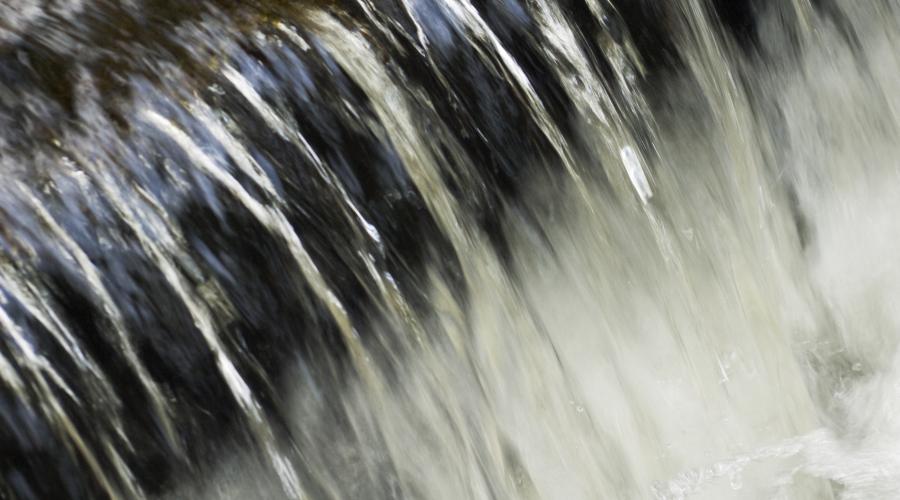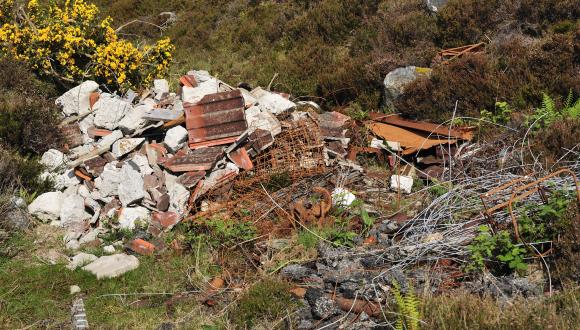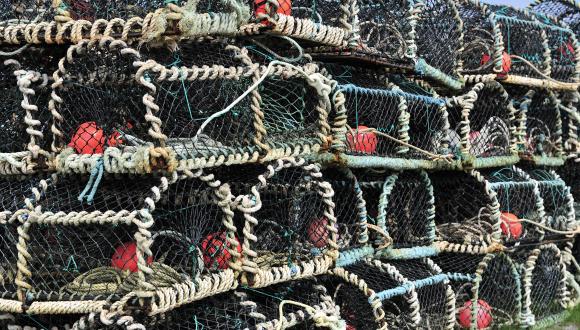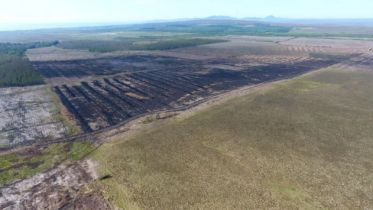
Water Framework Directive
This ambitious piece of European environmental legislation aims to improve and protect the water environment on a catchment scale.
The main aims of the Water Framework Directive (WFD) are to:
- prevent deterioration and enhance status of aquatic ecosystems, including groundwater
- promote sustainable water use
- reduce pollution
- contribute to the mitigation of floods and droughts
River Basin Management Plans
The WFD requires the creation of River Basin Management Plans (RBMPs).
Statutory objectives are set for Scottish waters through River Basin Management Planning. These objectives are based on ecological assessments and economic judgments. The plans cover all types of water body, e.g. rivers, lochs, lakes, estuaries, coastal waters and groundwater.
Each RBMP describes:
- the current condition of the water bodies in the relevant river basin
- where ongoing or historic activities are reducing the quality of the water bodies
- the actions required to ensure that ‘Protected Areas’ are up to required standards
- the actions needed to deliver environmental improvements to water bodies over the following 6 years and in the longer-term (up until 2027)
'Protected Areas' include drinking waters, shellfish waters, bathing waters, and waters designated for their plants and animals (Special Areas for Conservation and Special Protection Areas).
NatureScot works with SEPA and other bodies to implement the RBMPs. This includes action to improve the condition of SACs and SPAs where impacts on the water environment are leading to unfavourable condition.
The key pressures on water bodies that have been identified in the River Basin Plans for Scotland area:
- Pollution - rural diffuse pollution (mainly from agriculture); waste water discharges
- Barriers to fish migration
- Physical modification of waterbodies
- Invasive non native species
- Pressures on flows and levels e.g. abstraction
WFD regulatory regimes
The Water Environment (Controlled Activities) (Scotland) Regulations 2011 (and further amendments) enables controls over many activities that can affect the water environment.
Known as CAR, this regime is a risk-based regulatory approach. Different levels of authorisation apply according to the risk to the water environment presented by an activity. This lets the Scottish Environment Protection Agency (SEPA) concentrate regulatory efforts where risk is greatest, without imposing heavy regulatory burdens on low-risk activities.
Other actions in RBMPs
In addition to regulatory controls, measures are identified in the RBMPs to improve the condition of water bodies. These include removal of barriers to fish migration, river restoration work or working with land managers to advise on how to reduce diffuse pollution.





